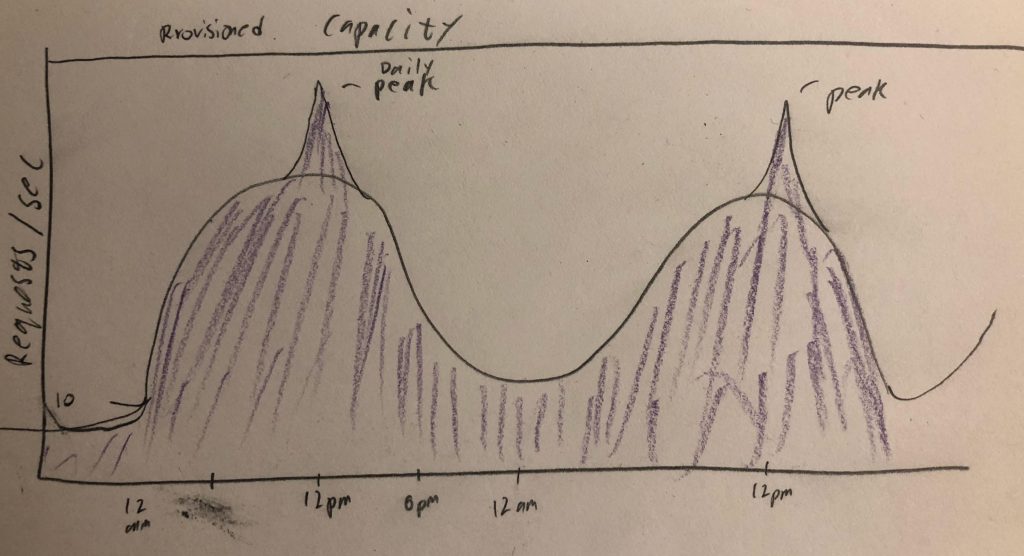Don’t do it to yourselves
Don’t do it to customers
Do the work to make a good product
Enterprise software sucks. Its not bought by the people using it, but by a guy wearing a suite on the 37th floor the day after eating a fabulous steak dinner paid for by Oracle sales guys. By the time you start using it, it is bought and paid for. Suck it up and learn how this pile of code works.
Internal enterprise software is another beast. Constantly underfunded, built by interns that just learned object oriented programming, and designed by the CEOs cousin, it is not the greatest.
Know what will ensure that your internal software is never improved in a meaningful way? Make customizing it the default workflow. Just have every engineer at the company load up a GreaseMonkey script that adds in the features that PAAS should have by now.
The problem is fixed for the graybeards. Sure, every new employee will spend six months realizing that all the people who are getting anything done have customized the UI so extensively its not recognizable as the same product.
When they said go use ‘deployment ladder’, they meant use ‘deployment ladder’ with 12 GreaseMonkey scripts installed. Where are those scripts? You might ask, the answer is always ‘in the wiki’. Searching for the name of the thing in the wiki does not result in finding the thing, like it would in google for an open source project.
Having everyone customize the software does not result in a good product. It papers over a shitty UI by fragmenting it even more. After a while no one with any power in your organization realizes there is a problem because they have 50 GreaseMonkey scripts installed, and haven’t looked at the actual ‘base’ UI in 5 years.
Save yourself millions in on-boarding. Invest in good tools. Put the work into offering a great default workflow. Don’t end up in a situation where the graybeards can’t even understand the workflows the new hires are dealing with.

